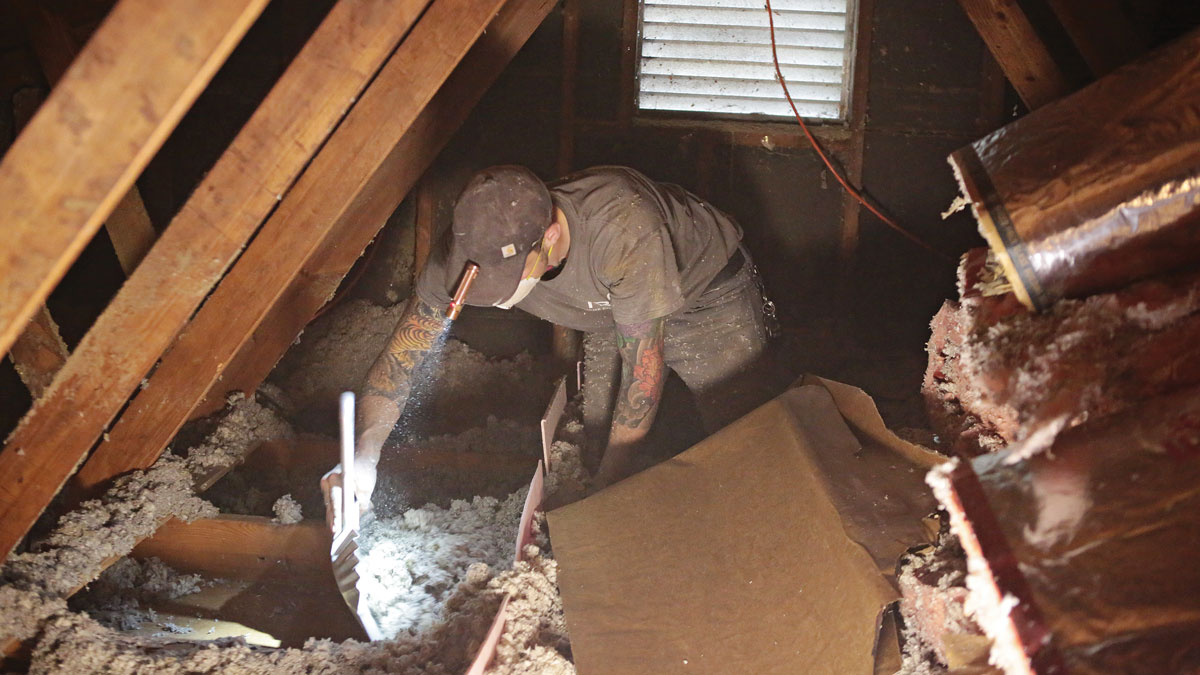

Articles
How To Remove Blown-In Insulation
Modified: January 20, 2024
Learn effective methods to remove blown insulation with our informative articles. Safely and easily tackle this task with our step-by-step guides.
(Many of the links in this article redirect to a specific reviewed product. Your purchase of these products through affiliate links helps to generate commission for Storables.com, at no extra cost. Learn more)
Introduction
Blown insulation is a popular choice for homeowners looking to increase energy efficiency and improve indoor comfort. However, there may come a time when the insulation needs to be removed. Whether due to damage, moisture issues, or the need to upgrade to a different type of insulation, removing blown insulation requires careful planning and execution.
In this article, we will guide you through the step-by-step process of removing blown insulation safely and effectively. We’ll cover everything from gathering the necessary tools and safety equipment, assessing the insulation, preparing the area, and disposing of the insulation. By following these instructions, you’ll be able to navigate the removal process with ease and minimize any potential risks or hazards.
Before we dive into the details, it’s important to note that removing blown insulation can be a challenging and time-consuming task. It might require professional assistance depending on the scale of the job and your level of experience. If you are unsure about tackling this project on your own, it’s always best to consult with a licensed insulation contractor who can provide expert guidance and support.
Now that we have set the expectations, let’s move on to the first step: gathering the necessary tools and safety equipment.
Key Takeaways:
- Proper planning, assessment, and safety precautions are crucial for safely removing blown insulation. From gathering tools to disposal, following a systematic approach ensures a successful and efficient removal process.
- Thoroughly cleaning the work area and disposing of insulation responsibly contribute to improved indoor air quality and a safe living environment. Professional assistance may be necessary for larger-scale projects.
Read more: How To Remove Blown-in Insulation In Attic
Step 1: Gather the Necessary Tools and Safety Equipment
Before you begin the process of removing blown insulation, it’s essential to ensure you have all the required tools and safety equipment at hand. This will not only make the job more efficient but also help safeguard your health and well-being throughout the process.
Here is a list of the tools and safety equipment you will need:
- Protective Clothing: Wear long-sleeved shirts, long pants, gloves, safety goggles, and a dust mask to protect yourself from potential hazards such as dust, fiberglass particles, and mold spores. It is crucial to maintain a barrier between your skin and the insulation material.
- Utility Knife: A sharp utility knife will be handy for cutting and removing any plastic or fabric barriers that may be covering the blown insulation.
- Vacuum Cleaner: A high-powered vacuum cleaner equipped with a HEPA (High-Efficiency Particulate Air) filter will be instrumental in efficiently removing loose insulation and minimizing airborne particles.
- Insulation Removal Bags: These durable bags are designed to hold and dispose of the removed insulation material safely. Ensure that they are large enough to handle the volume of insulation you will be removing.
- Ladder or Scaffolding: Depending on the height and accessibility of the area you will be working in, you may need a ladder or scaffolding to reach the blown insulation safely.
- Trash Bags: In addition to insulation removal bags, keep some heavy-duty trash bags on hand to collect any debris or waste generated during the removal process.
- Spray Bottle: Fill a spray bottle with water or a mold and mildew remover solution to dampen the insulation and minimize the release of airborne particles during removal.
- Plastic Sheet or Drop Cloth: Use a plastic sheet or drop cloth to cover and protect any furniture, flooring, or belongings in the work area.
Having these tools and safety equipment readily available will contribute to a smoother and safer removal process. It’s crucial to prioritize safety and take all necessary precautions to protect yourself and your surroundings.
Once you have gathered all the required tools and safety equipment, you are ready to move on to the next step: assessing the insulation and determining the removal method.
Step 2: Assess the Insulation and Determine the Removal Method
Before proceeding with the removal of the blown insulation, it’s important to assess the condition of the insulation and determine the most appropriate removal method. This step will help ensure that the removal process is efficient and effective.
Here are some factors to consider during the assessment:
- Type of Insulation: Identify the type of blown insulation you have in your home. The most common types are cellulose, fiberglass, and mineral wool. Each type may require a different approach for removal.
- Condition of the Insulation: Evaluate the condition of the blown insulation. Is it wet, damaged, or contaminated? Moisture-damaged insulation may result in mold growth, and contaminated insulation may contain hazardous materials such as asbestos.
- Access Points: Determine the accessibility of the insulation. Are there any barriers or obstructions that need to be removed before starting the removal process? This could include drywall, paneling, or other obstacles.
- Location of the Insulation: Consider the location of the blown insulation. Is it in the attic, walls, or crawlspaces? The location may affect the complexity of the removal process and the tools required.
- Scope of the Project: Assess the size and scope of the insulation removal project. Is it a small area that can be managed by a DIY approach, or is it a larger project that may require professional assistance?
Based on the assessment, you can determine the most suitable removal method. Here are a few common approaches:
- Dry Method: This method involves using specialized vacuum equipment to remove loose or surface-level blown insulation. It is best suited for situations where the insulation is relatively clean and dry.
- Wet Method: The wet method involves spraying the blown insulation with water or a solution to dampen it before removal. This helps minimize the release of airborne particles. The wet method is particularly useful when dealing with mold-contaminated insulation.
- Professional Assistance: In situations where the blown insulation is extensive or contains hazardous materials such as asbestos, it’s advisable to seek professional assistance. Certified insulation contractors have the expertise and equipment to safely remove and dispose of the insulation.
Once you have assessed the insulation and determined the appropriate removal method, you can proceed to the next step: preparing the area for insulation removal.
Step 3: Prepare the Area
Before you start removing the blown insulation, it’s crucial to prepare the area properly. This step will help ensure a safe and organized work environment and prevent any unnecessary damage to the surroundings.
Follow these steps to prepare the area for insulation removal:
- Clear the Space: Remove any furniture, belongings, or obstacles from the work area. This will provide you with ample space to work and prevent any potential damage or contamination to your belongings.
- Protect the Surroundings: Use plastic sheets or drop cloths to cover and protect any exposed furniture, flooring, or other surfaces that are at risk of coming into contact with insulation debris.
- Seal Off Vents and Openings: Close and seal off any vents, registers, or openings in the area to prevent insulation particles from spreading to other parts of your home. Use plastic sheeting and tape to create a barrier.
- Create a Containment Zone: If necessary, consider creating a containment zone using plastic sheets. This will isolate the work area and minimize the spread of insulation particles, especially in situations where mold or asbestos contamination is a concern.
- Ensure Proper Ventilation: Open windows and use fans to ensure proper ventilation in the work area. This will help dissipate any airborne particles and maintain a fresh air supply during the removal process.
By taking the time to properly prepare the area, you can minimize the mess and potential damage caused by insulation removal. It will also make the process more efficient and allow you to focus on the task at hand.
Once the area is prepared, you can move on to the next step: removing the blown insulation.
Use a vacuum with a HEPA filter to remove blown insulation. Start from the top and work your way down, being careful not to disturb the insulation too much. Wear protective gear and seal off the area to prevent spreading dust.
Step 4: Remove the Blown Insulation
Now that you have gathered the necessary tools, assessed the insulation, and prepared the area, it’s time to proceed with the actual removal of the blown insulation. Depending on the type of insulation and the removal method you have chosen, the process may vary. Here are some general guidelines to follow:
- Start from the Top: If you are dealing with insulation in the attic or ceilings, start from the highest point and work your way down. This will minimize the risk of disturbing settled particles and allow for easier cleanup after the removal.
- Use Proper Technique: When removing loose or surface-level insulation, use a vacuum cleaner with a nozzle attachment to suck up the insulation. Move the vacuum slowly and methodically to ensure thorough removal.
- Take Caution with Wet Insulation: If using the wet method, spray the insulation lightly with water or a solution to dampen it. Allow the insulation to soak for a few minutes before removing it. This helps prevent the release of airborne particles.
- Avoid Aggressive Agitation: Avoid aggressive agitation or excessive force that could result in the release of insulation particles into the air. Handle the insulation gently to minimize the spread of dust and debris.
- Bag and Seal the Insulation: As you remove the insulation, place it directly into insulation removal bags. Seal the bags tightly to prevent any loose particles from escaping. Double-bagging is recommended for added protection.
- Work in Sections: If you have a large area to cover, work in manageable sections. This will prevent overwhelming amounts of insulation debris and make the cleanup process more manageable.
- Dispose of the Bags Properly: Once the insulation bags are filled, seal them tightly and label them as insulation waste. Follow local regulations and guidelines for proper disposal. In some cases, you may need to arrange for a special pickup or drop-off at a designated facility.
Remember to take breaks as needed and stay hydrated throughout the process. The removal of blown insulation can be physically demanding, so it’s important to pace yourself and prioritize your well-being.
Once all the blown insulation is removed, you can move on to the next step: disposing of the insulation.
Read more: How To Calculate Blown-In Insulation
Step 5: Dispose of the Insulation
Proper disposal of the removed blown insulation is crucial to ensure environmental responsibility and comply with local regulations. The disposal process may vary depending on the type of insulation and any specific guidelines in your area. Follow these general steps for safe and responsible disposal:
- Check Local Regulations: Research and familiarize yourself with local regulations regarding the disposal of insulation waste. This will ensure that you follow the proper procedures and avoid any potential fines or penalties.
- Secure the Insulation Bags: Ensure that the insulation bags containing the removed material are securely sealed and labeled as insulation waste. Double-check that there are no openings or tears in the bags that could release particles during transport.
- Arrange for Proper Disposal: Contact your local waste management facility or recycling center to inquire about their specific guidelines for disposal. They may have designated drop-off points or special pick-up services for insulation waste.
- Consider Recycling Options: Research recycling options for insulation waste in your area. Some facilities may accept certain types of insulation for recycling, which helps reduce landfill waste and promotes environmental sustainability.
- Schedule a Pickup: If necessary, schedule a pickup service with a waste management company or arrange for a specialized disposal service that handles insulation waste. They will ensure the proper transportation and disposal of the material.
- Maintain Documentation: Keep records of all disposal transactions, including receipts, disposal certificates, or any other relevant documentation. This will serve as proof of proper disposal and may be required for compliance purposes or potential future audits.
Remember to always prioritize responsible waste management to minimize the environmental impact of the removal process. By following these steps, you can ensure that your blown insulation is disposed of properly and in accordance with local regulations.
With the disposal process completed, you can now move on to the final step: cleaning up the work area.
Step 6: Clean Up the Area
After successfully removing and disposing of the blown insulation, it’s important to thoroughly clean up the work area. This step ensures that any remaining debris or particles are removed, leaving the area clean and ready for the next stage of your project. Follow these steps to effectively clean up:
- Vacuum the Area: Use a vacuum cleaner with a HEPA filter to carefully vacuum the entire work area, including the floors, walls, and any exposed surfaces. Pay special attention to corners, crevices, and other hard-to-reach areas where insulation debris may have accumulated.
- Wipe Down Surfaces: Use a damp cloth or sponge to wipe down surfaces, removing any remaining dust or residue. This includes windowsills, baseboards, and any furniture or equipment that may have been exposed during the removal process.
- Inspect for Residual Debris: Thoroughly inspect the area to ensure that no insulation debris or other waste materials are left behind. Check for any signs of damage or areas that may require additional cleaning or repair.
- Dispose of Cleaning Supplies: Properly dispose of any used cleaning supplies, such as cloths or sponges, in accordance with local waste disposal guidelines. Do not mix them with the removed insulation or other household waste.
- Remove Protective Sheets and Coverings: Remove any plastic sheets or drop cloths that were used to protect furniture, flooring, or other surfaces. Dispose of these materials properly or wash them if reusable.
- Air out the Space: Open windows and use fans to ventilate the area, allowing fresh air to circulate and remove any lingering odors or particles.
By thoroughly cleaning the work area, you ensure a tidy and safe environment for any future projects or activities. This step not only contributes to overall cleanliness but also helps maintain the indoor air quality of your space.
With proper disposal and a clean work area, you have successfully completed the removal of blown insulation. It’s now time to wrap up the process and enjoy the benefits of your newly improved space.
To conclude, removing blown insulation requires careful planning, the right tools, and a systematic approach. By following the step-by-step process outlined in this article, you can safely and effectively remove blown insulation, create a clean and healthy environment, and be well-prepared for any future insulation projects.
Conclusion
Removing blown insulation can be a daunting task, but with proper planning and execution, it can be done safely and effectively. Throughout this article, we have outlined the step-by-step process to guide you through the removal process. By following these steps, you can ensure a smooth and successful insulation removal project.
From gathering the necessary tools and safety equipment to assessing the insulation, preparing the area, removing the insulation, disposing of it responsibly, and cleaning up the work area, each step is essential for a thorough and efficient removal process.
Remember to prioritize safety by wearing protective clothing and using the appropriate tools and equipment. Assess the condition of the insulation to determine the most suitable removal method, whether it’s using the dry method, wet method, or seeking professional assistance in certain situations.
Preparing the area and properly disposing of the removed insulation are crucial steps in maintaining a clean and safe environment throughout the project. Clear the space, protect the surroundings, and seal off vents and openings to prevent insulation particles from spreading.
Dispose of the insulation following local regulations, considering recycling options and scheduling pick-up services if necessary. Finally, thoroughly clean up the work area, vacuuming, wiping down surfaces, and inspecting for any residual debris.
By successfully removing blown insulation and cleaning up, you can enjoy improved indoor air quality and energy efficiency in your home. If you have any doubts or concerns about the removal process, it is always wise to consult with a professional insulation contractor.
With proper planning, the right tools, and a systematic approach, you can tackle the removal of blown insulation with confidence. By following the steps outlined in this article, you are well-equipped to create a clean, safe, and comfortable living environment.
Remember, when in doubt or faced with a larger-scale removal project, it is always best to consult with professionals who have the knowledge and expertise to handle the job safely and efficiently.
Frequently Asked Questions about How To Remove Blown-In Insulation
Was this page helpful?
At Storables.com, we guarantee accurate and reliable information. Our content, validated by Expert Board Contributors, is crafted following stringent Editorial Policies. We're committed to providing you with well-researched, expert-backed insights for all your informational needs.
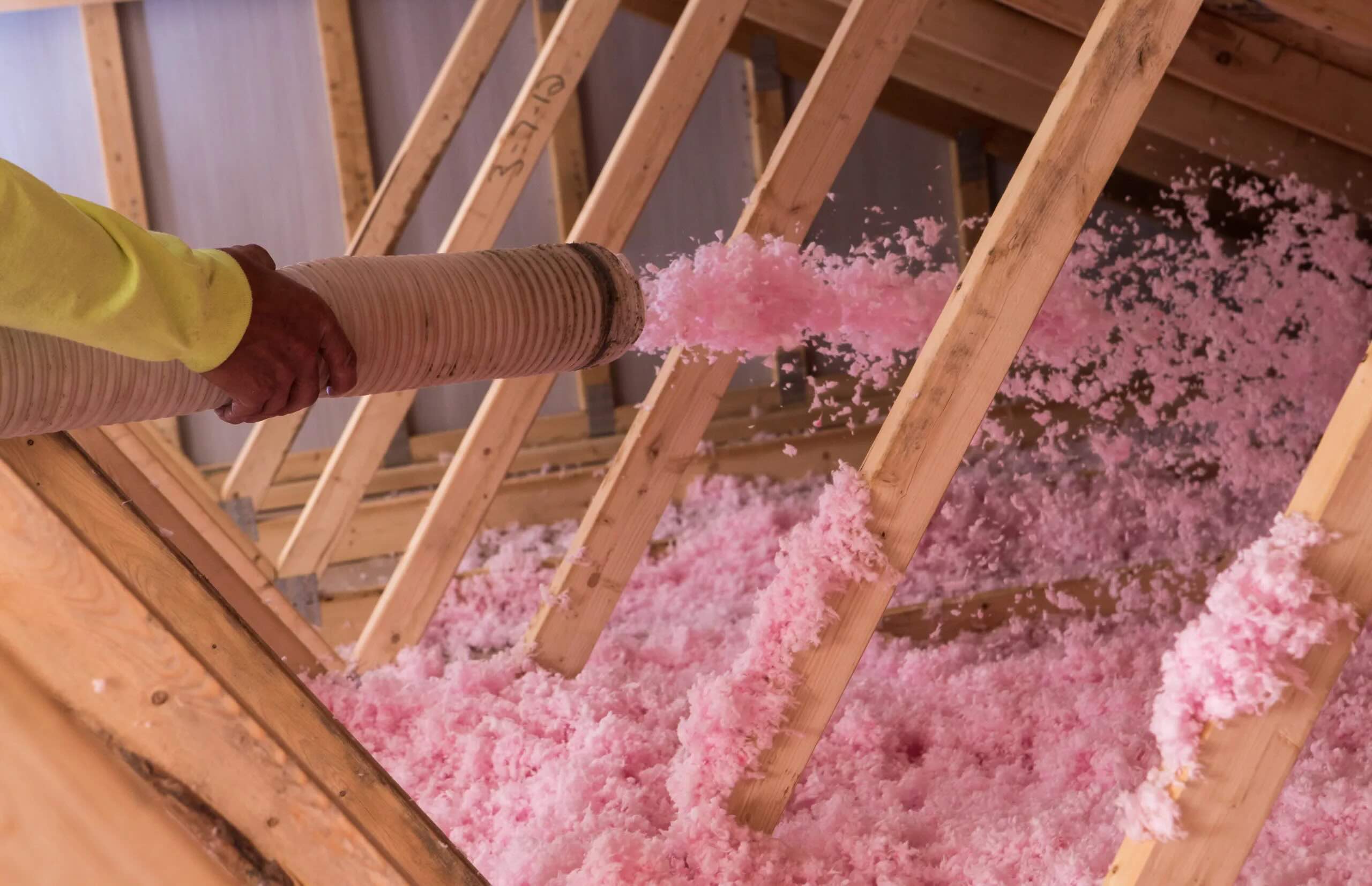
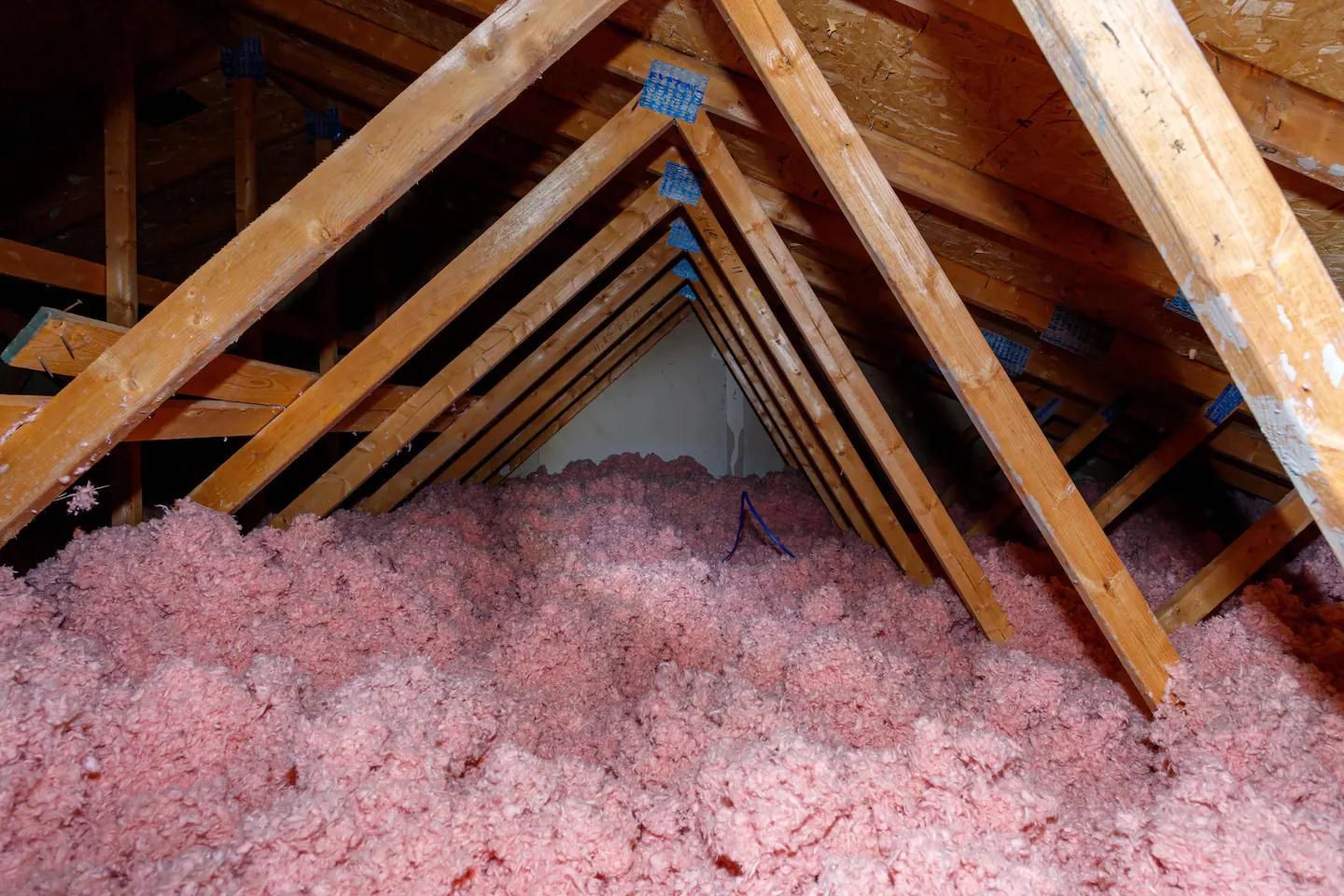
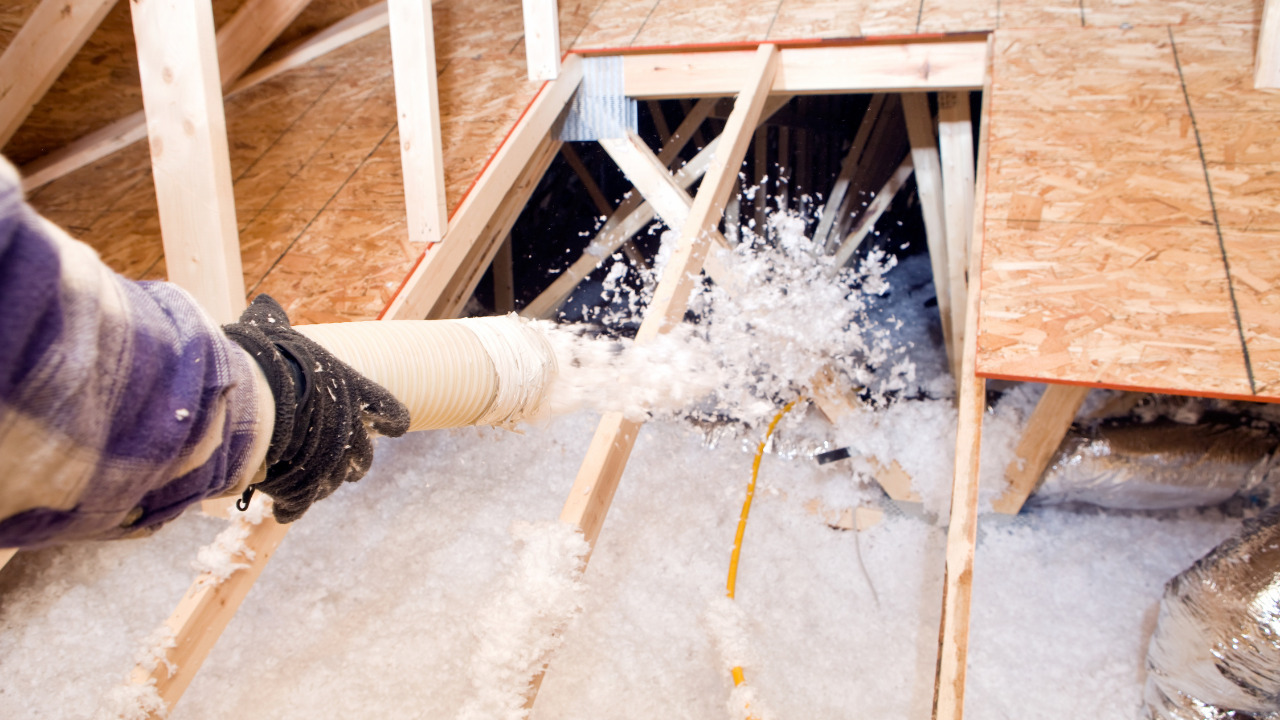
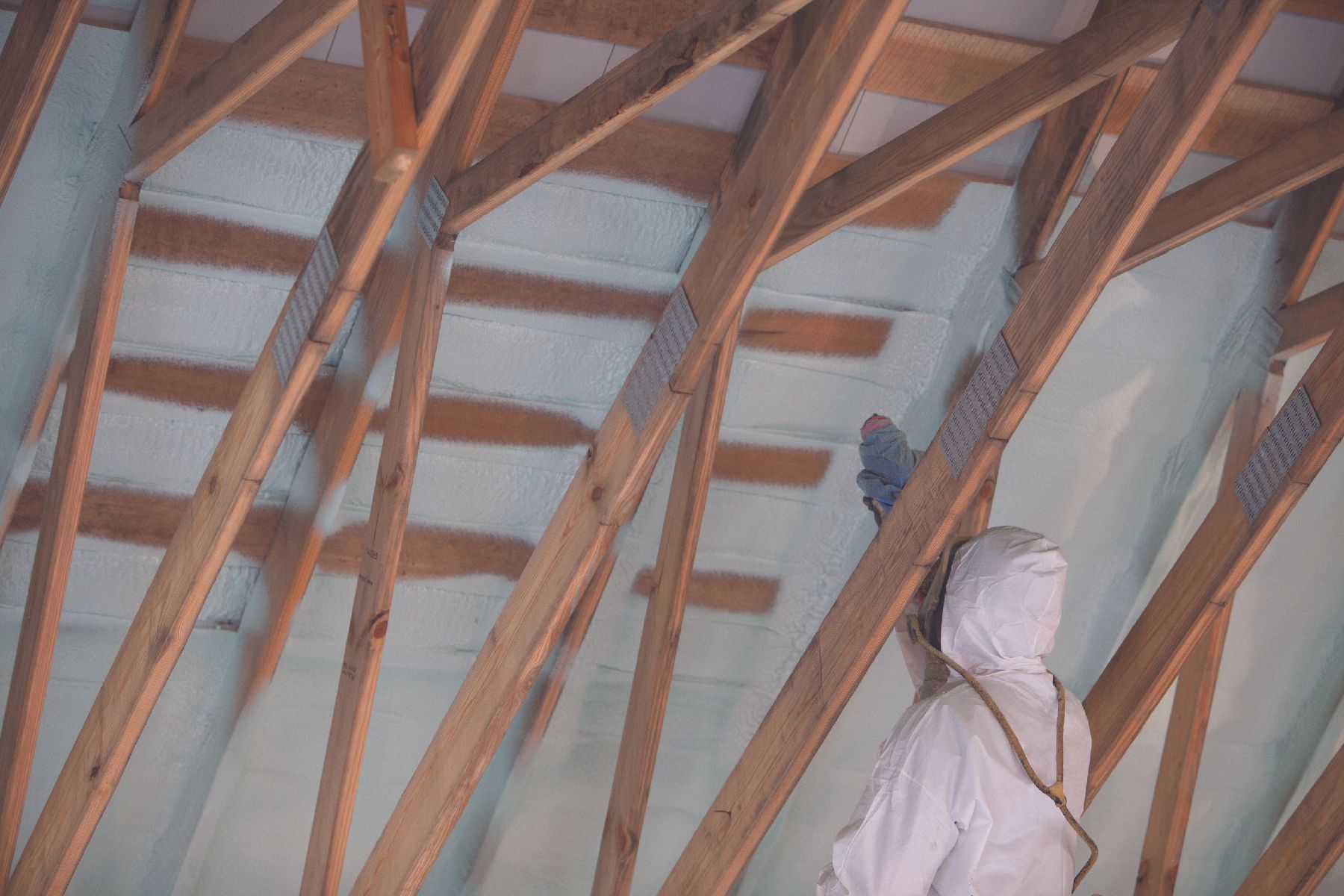
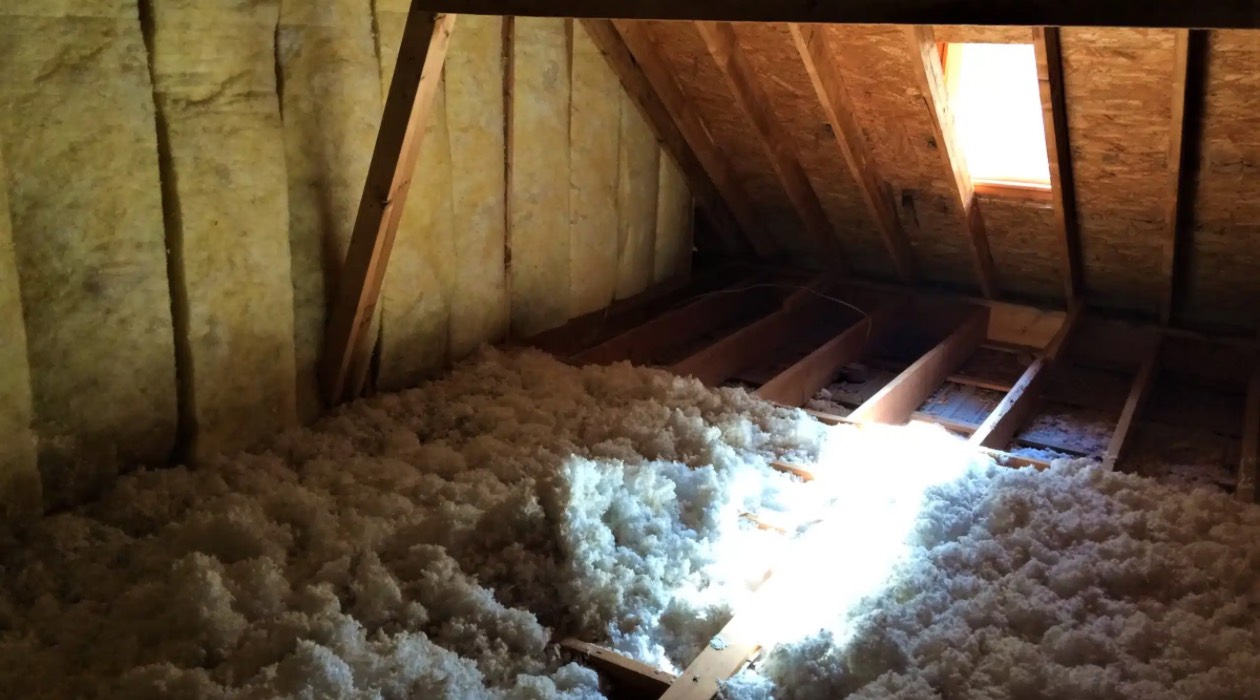
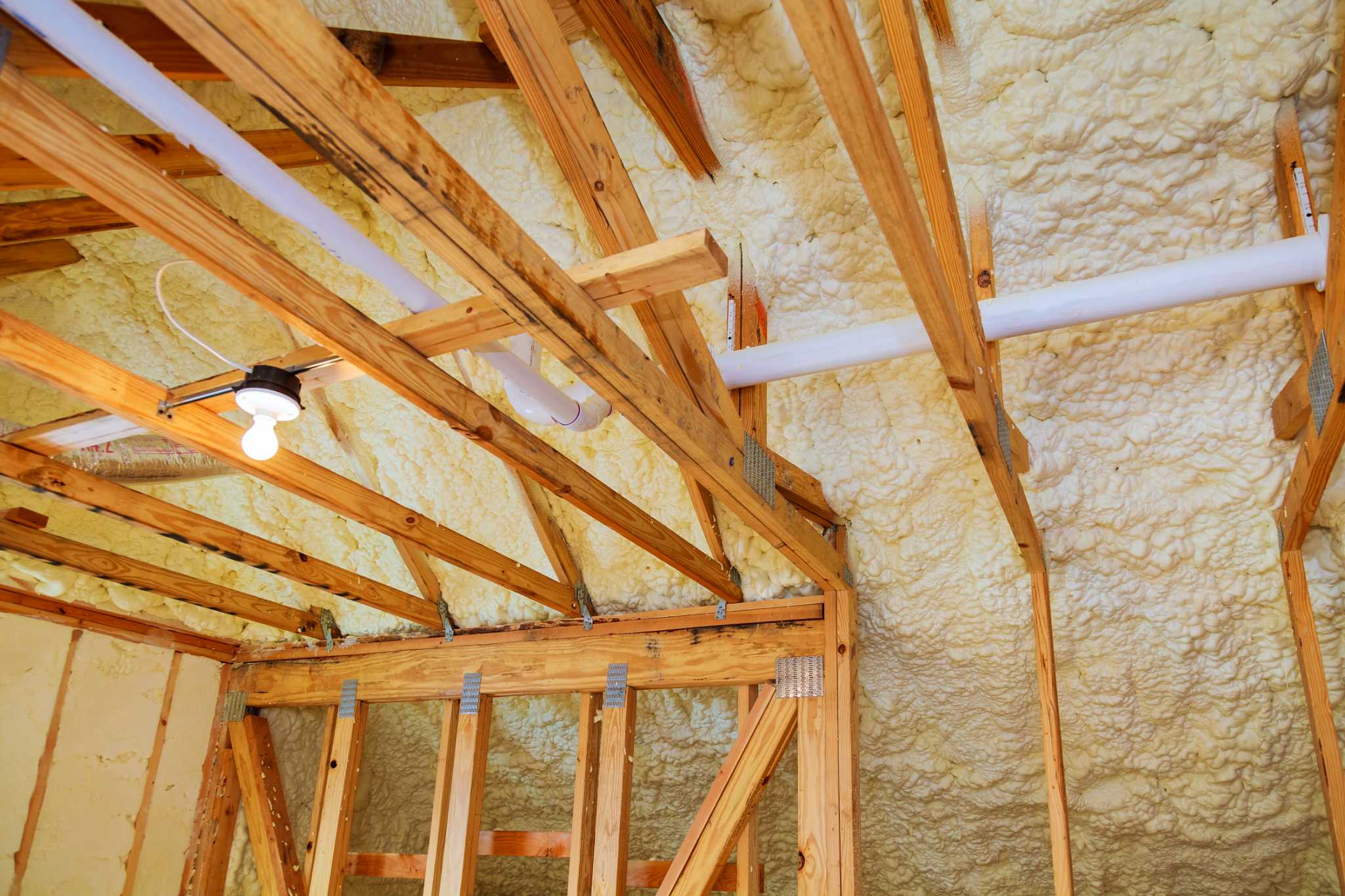
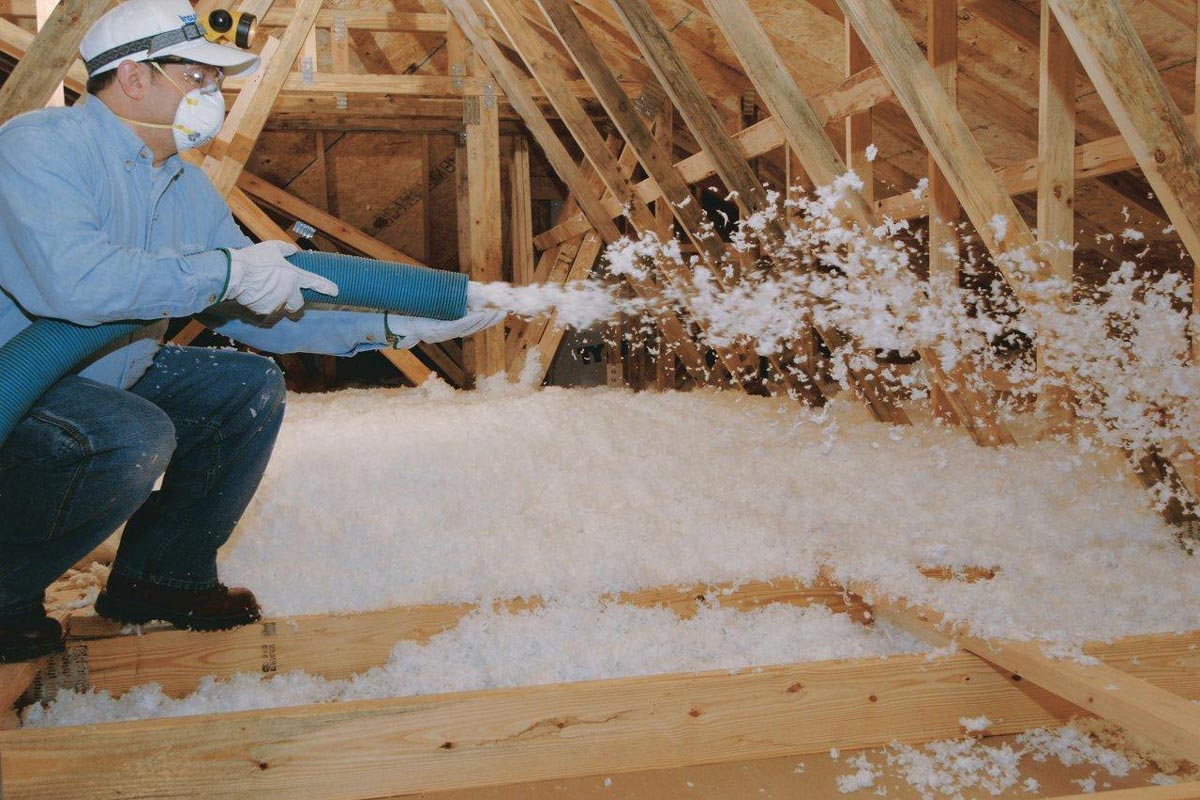
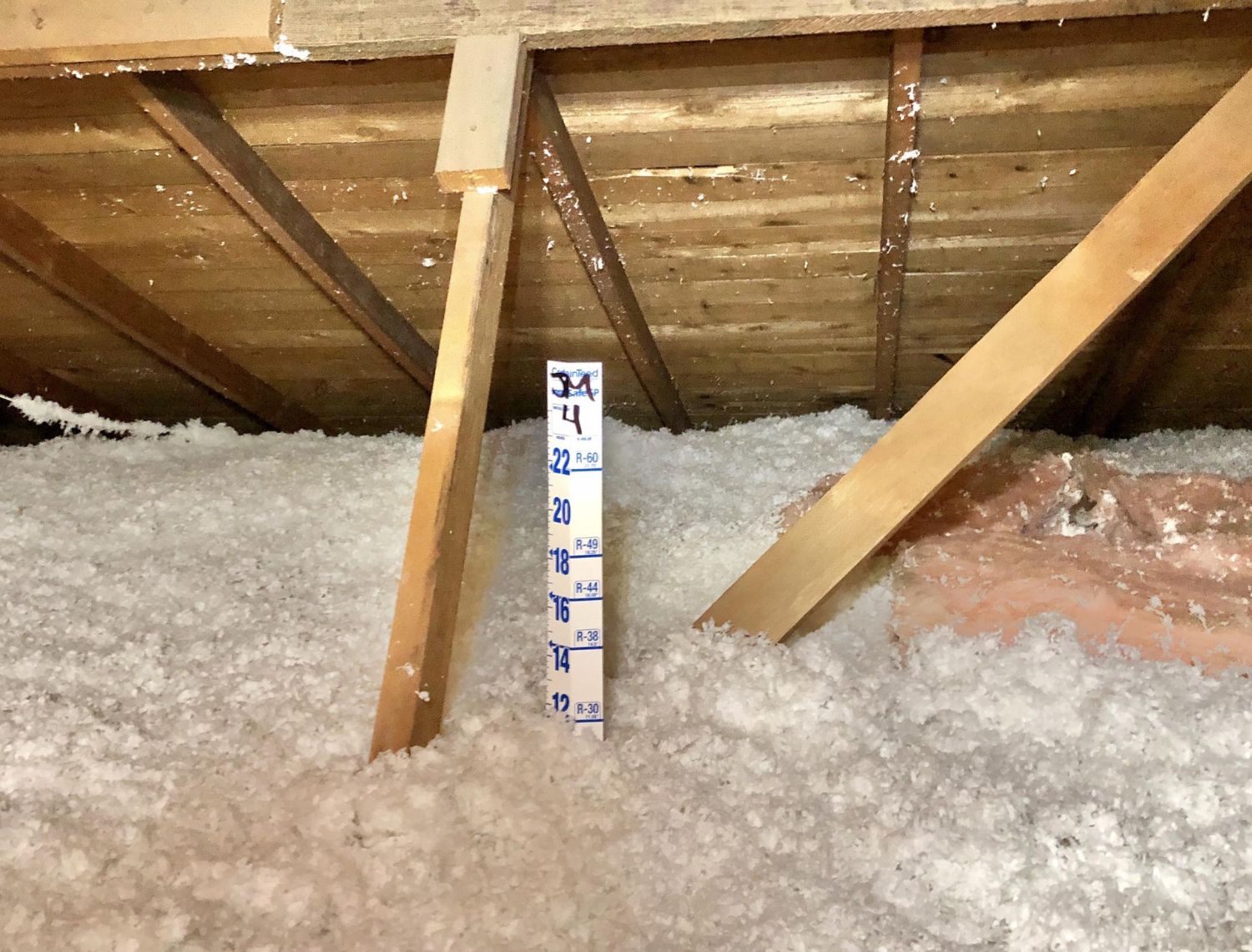
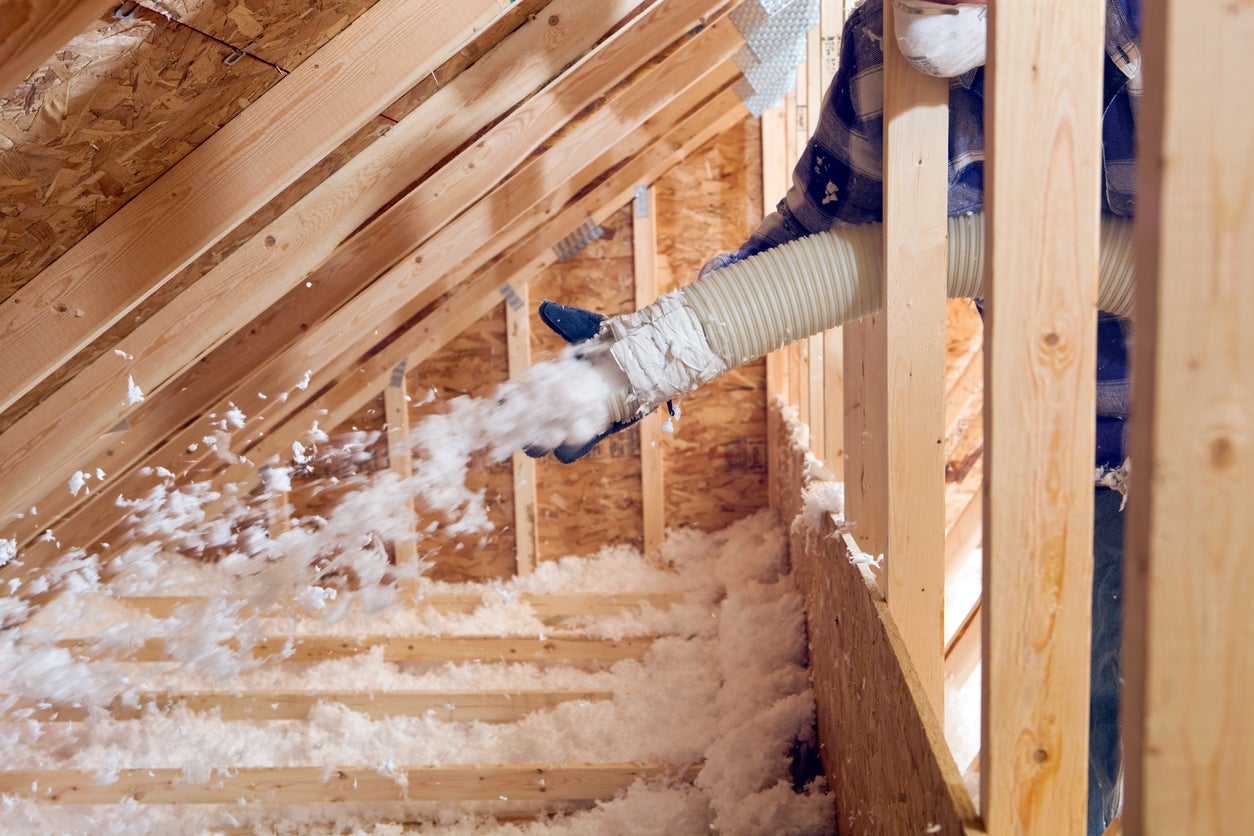
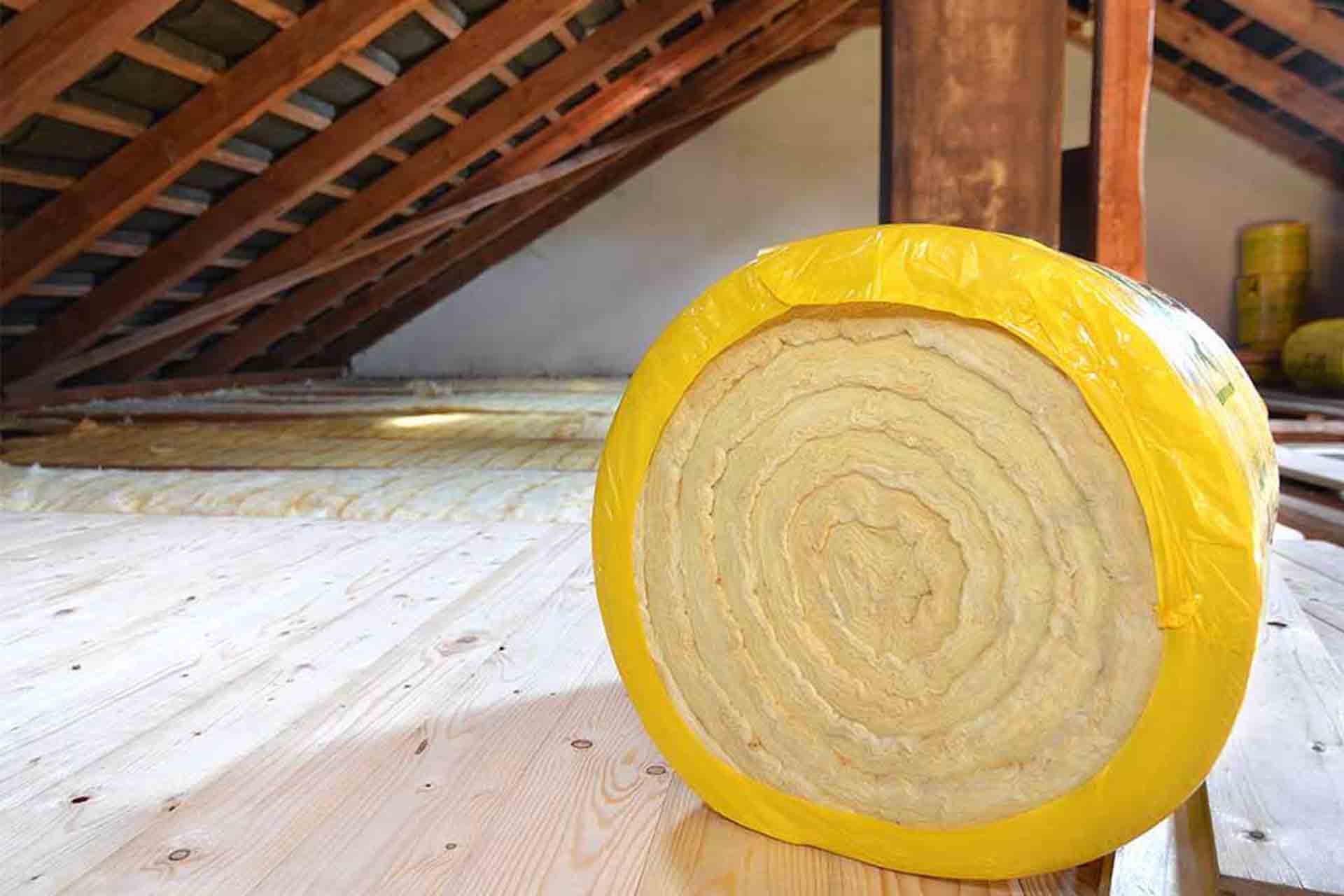
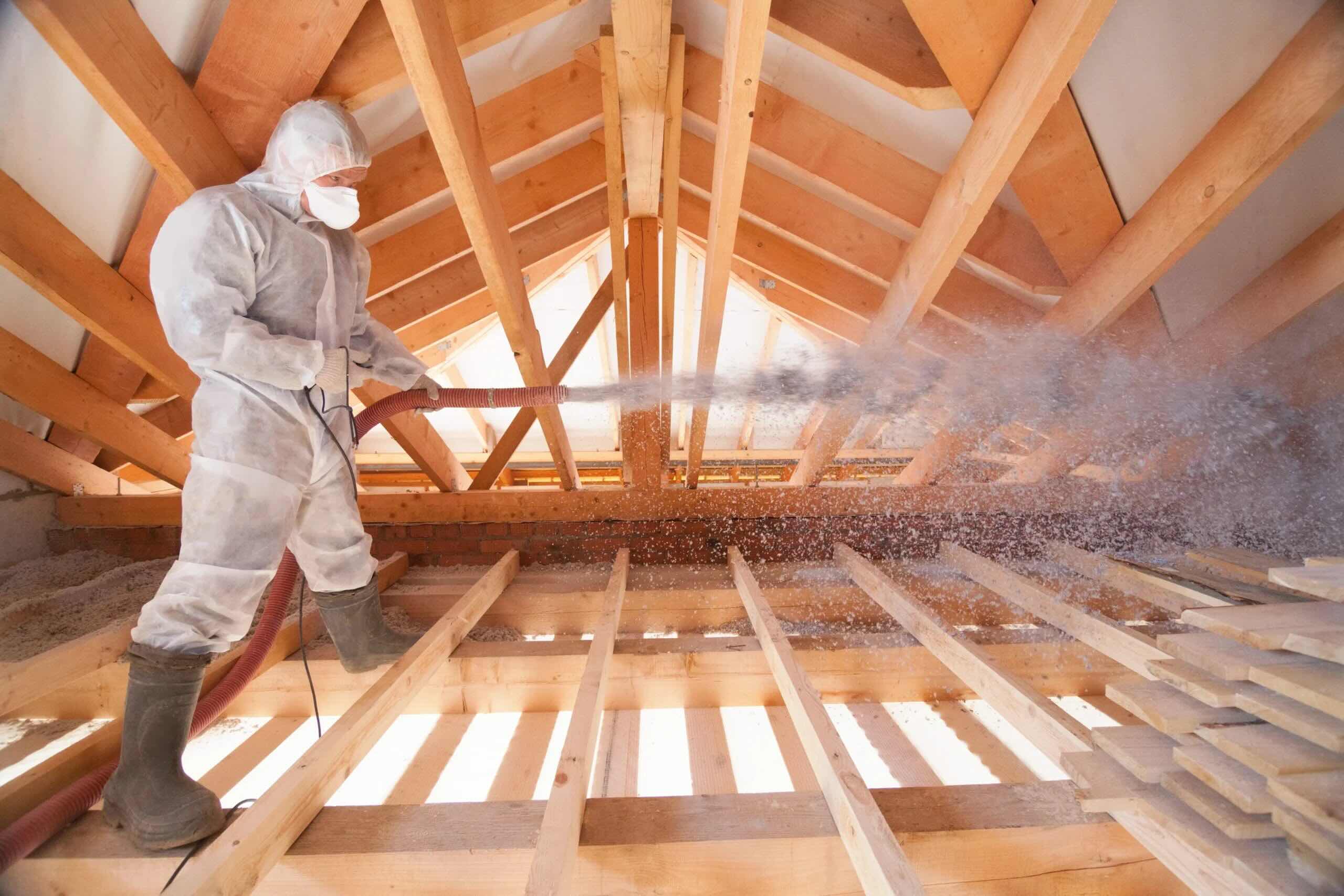
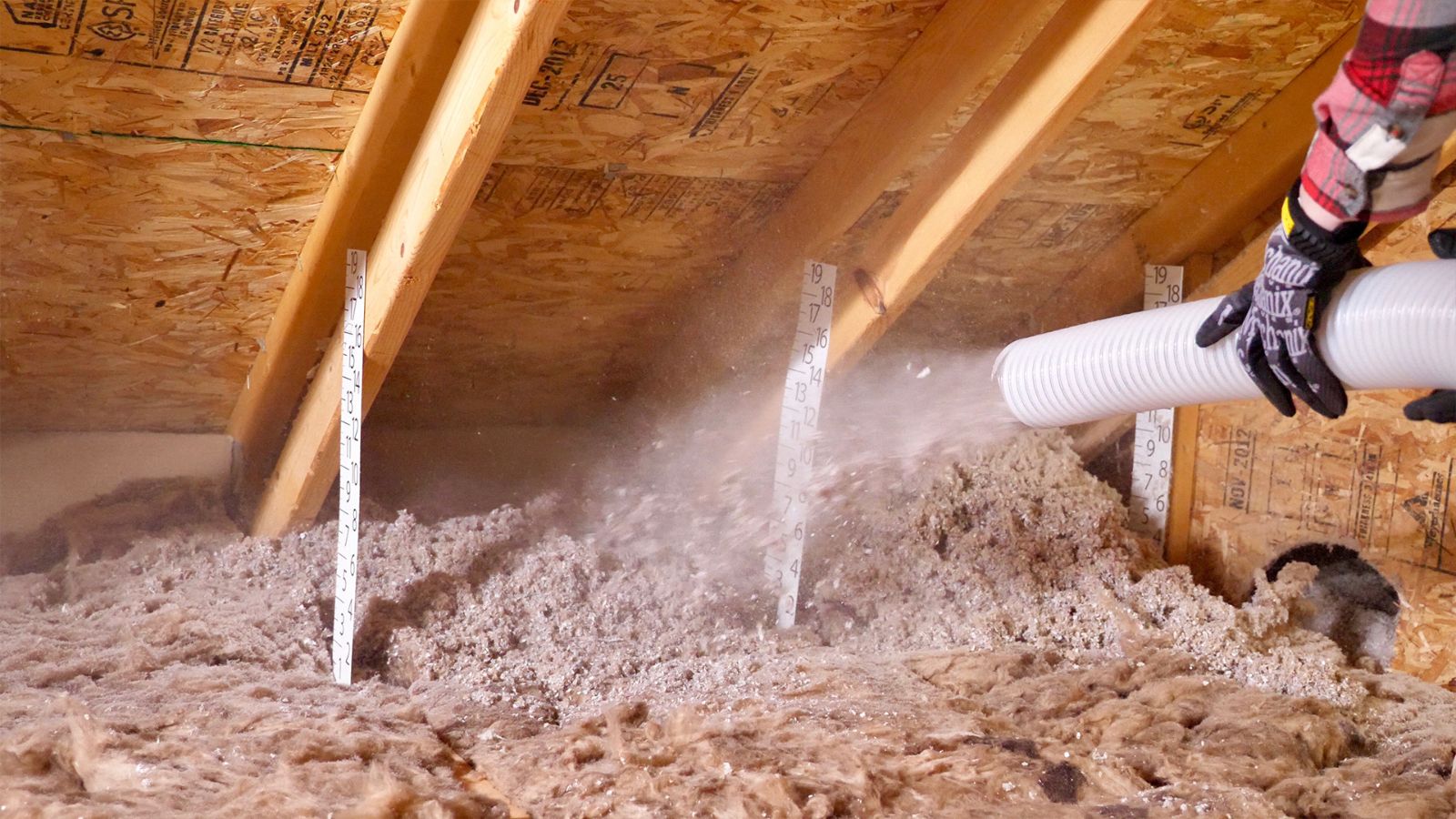
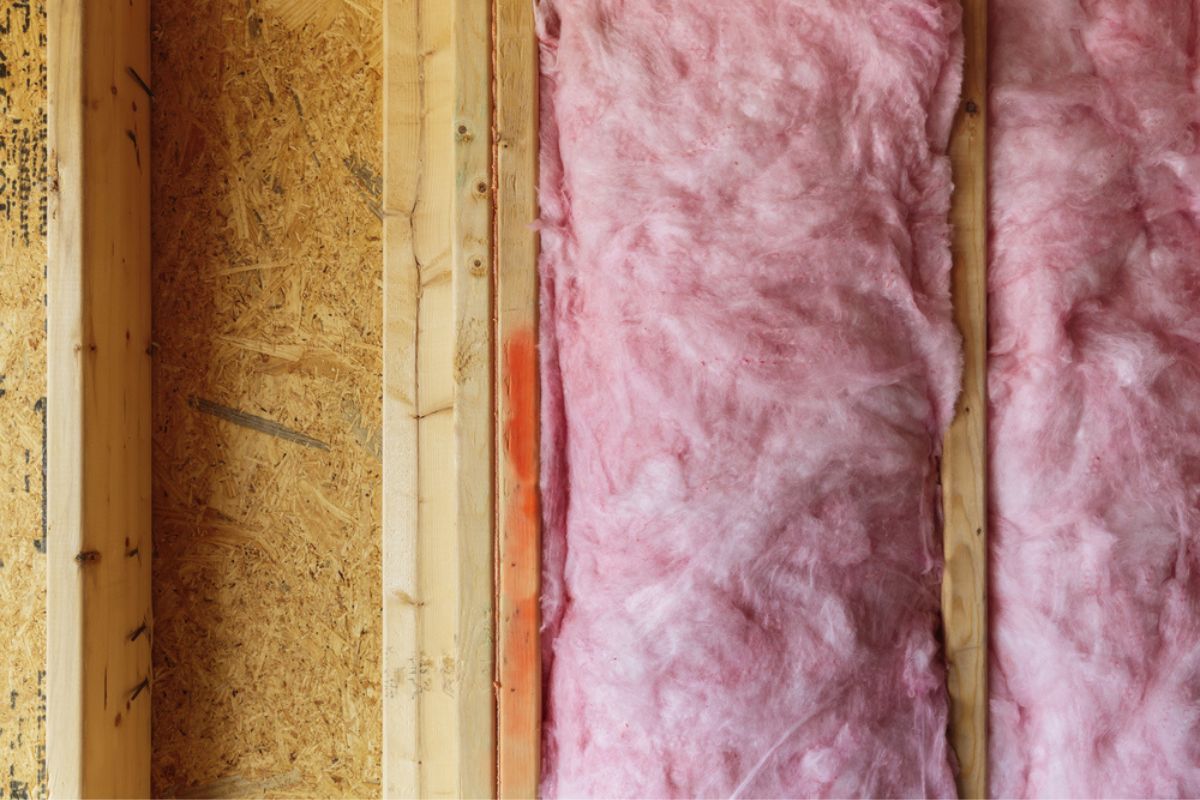
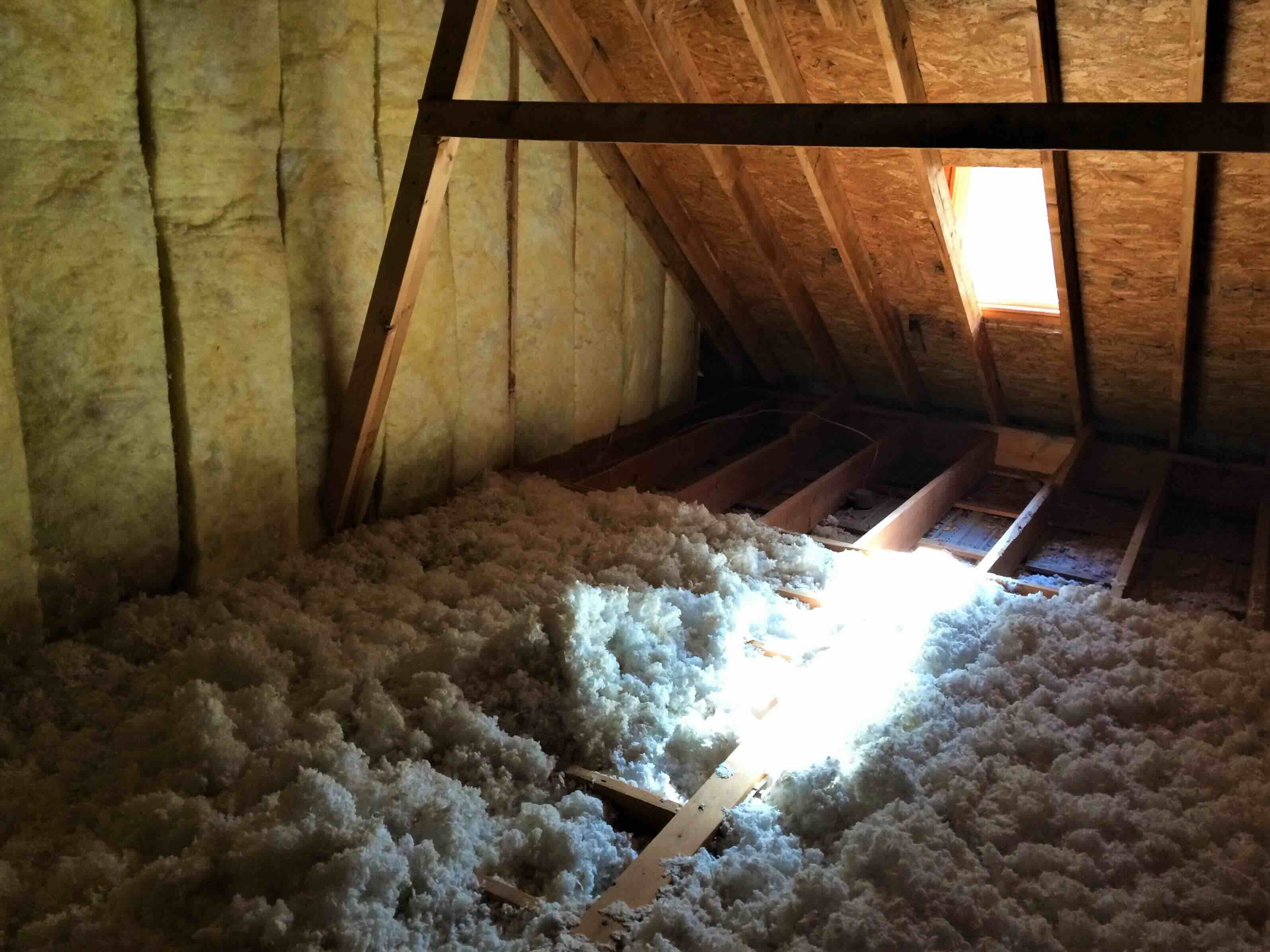

0 thoughts on “How To Remove Blown-In Insulation”